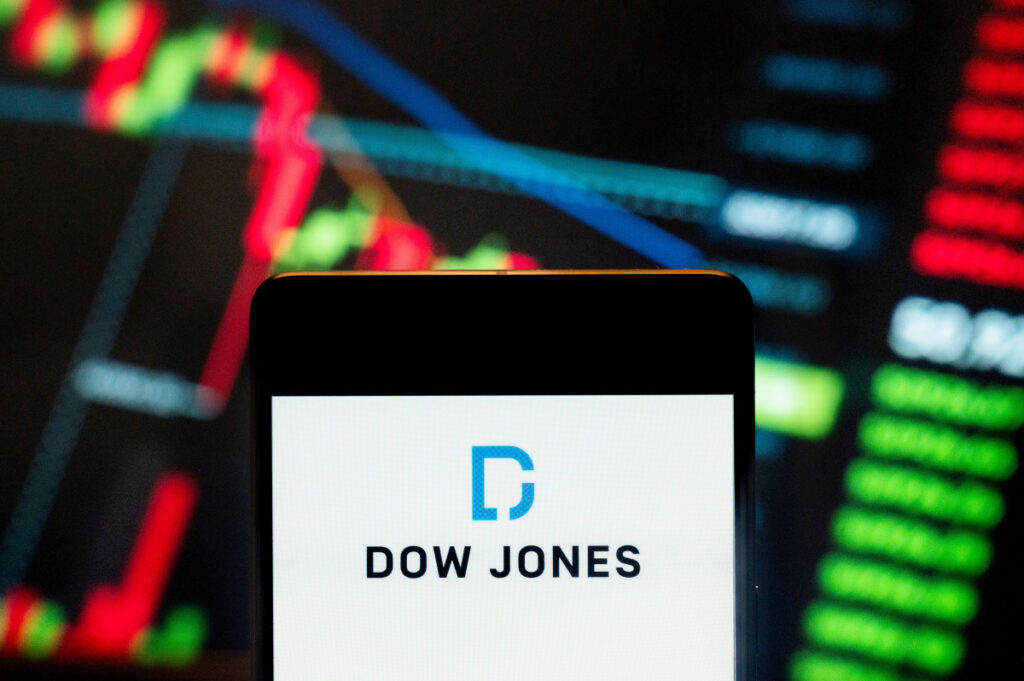Sometime this fall, perhaps in the next few weeks, membership in the venerable Dow Jones Industrial Average may change for the second time in 2024.
The changes may have more to do with getting rid of stocks that just aren’t pulling their weight than getting in on the latest hot stock. That said, including the latest powerful stocks is an incentive if only to give the 128-year-old Dow more relevance.
The Dow is up 10.3% this year, which sounds nice. So does its four record closes in the last five trading days of August.
Related: How big will the Fed rate cut be? It all depends on this report
But here’s the rub: The Standard & Poor’s 500 Index is up 18.4%. The Nasdaq Composite Index is up 18%. Yet, both peaked in mid-June.
The differentials are not new. In 2023, the Dow ended up 13.7%, but the S&P 500 was up 24.3%. The Nasdaq was up 43.4%, and the Nasdaq-100 was up 53.8%.
Indexes are not alike
There’s a reason for the dichotomy. What the Dow produces every day is built very differently from either the S&P 500 or the Nasdaq. So, the Dow’s results should be different.
Yet for years, the Dow and S&P 500 have tracked one another, more or less. The Nasdaq is different, mostly looking for fast growers.
The S&P 500 and Nasdaq indexes are market-cap weighted. That means price times shares outstanding. So, the more valuable a company’s total shares, the more influence it has on an index.
The top 10 S&P 500 stocks have a combined market cap of $16.2 trillion as of August 30, representing 34.2% of the S&P’s market cap.
How the Dow is different
The Dow is a price-weighted index. So, the higher a stock’s price, the more influence it has on the average. Right now, the priciest Dow stock is UnitedHealth Group (UNH) at $590.20, followed by Goldman Sachs (GS) at $510.25, and Microsoft (MSFT) at $417.14. Apple (AAPL) is 11th on the list at $229.
Makes no sense, you protest. Microsoft has a market cap of $3.1 trillion. Apple’s market cap is $3.48 trillion. United Health’s market cap is just $545 billion, admittedly not chump change.
But that’s the point.
When Dow founder Charles Dow first published the index, it had just 12 stocks. The index was generated by adding up the prices of the stocks and dividing by 12. The index has had 30 members since 1928.
Now, it’s more complicated. The closing prices are added up, and the sum is divided by a divisor that’s adjusted for splits, stock buybacks, and the like. The current divisor is 0.15221633137872. You can find it on the Market Lab page on Barrons.com.
More Tech Stocks:
If you want to know how much effect a Dow stock’s change has on any given day, just divide the stock’s change by the divisor.
On Friday, the Dow closed up 228 points. Amazon (AMZN) , a Dow member since Feb. 26, was the biggest contributor; its 3.7% gain to $178.50 added about 41 points to the Dow. Microsoft, up about 1% on the day, added another 26 points.
4 reasons why the Dow is so different
In 1896, there was no one measure that suggested where markets were on any given day. Having that number would help sell the newspaper that partners Charles Dow, Edward Jones, and Charles Bergstresser had started, The Wall Street Journal.
Charles Dow wanted his index to represent industrial America. To go with his transportation index focused on railroads.
Selection standards were somewhat subjective in 1896 — and still are. A company has to be U.S.-based and in the S&P 500. It needs to be verifiably profitable and signal where the economy is headed. It should pay a dividend. It has to be, well, respectable. It can’t be a transportation company or a utility. They have their own indexes.
When stocks are slumping, the Dow suffers less. Its members are generally more stable than the stock market overall.
The Dow is organized into nine economic sectors: Energy, Technology, Consumer Discretionaries, Consumer Staples, Finance, Health Care, Communication Services, Materials and Industrial.
Technology is the biggest Dow sector. Members are Apple, Microsoft Intel, Cisco Systems (CSCO) , IBM (IBM) and Salesforce (CRM) ,
A committee of five decides membership in the Dow: two from The Wall Street Journal and three from S&P Global (SPGI) , which manages the index.
If offered membership, companies rarely say “No.”
Read the full article here

